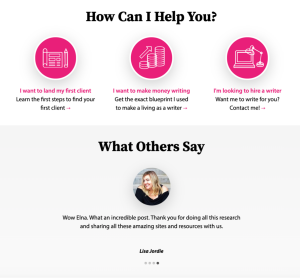From free speech to paid speech the: implications of X’s pay to reply

X, the platform formerly known as Twitter and now under the direction of billionaire Elon Musk, has unveiled its latest controversial feature: allowing users to restrict replies to their posts only from verified accounts.
As described in an October 9th announcement from the company, this new option gives users more control over their conversations by limiting responses to only those accounts that have been verified through X’s paid subscription service, Twitter Blue.
This change comes nearly a year after Musk instituted paid verification in November 2022, opening up the coveted blue checkmark to any user willing to pay $ 7.99 per month. The move was highly criticized for enabling impersonation and misinformation by effectively letting anyone buy legitimacy. The implications of paid verification have expanded with the introduction of limited reply access.
By allowing users to block unverified accounts from responding, X has essentially created a “pay to reply” system. Unless you have handed over your cash and your personal information, your ability to refute false claims or engage in public discourse may be severely restricted. This raises profound questions about free speech, gatekeeping, and the integrity of online dialogue.
The Rise of Paid Verification
To understand the current controversy, it is important to trace how X arrived at this point. For years, the blue checkmark signaled that an account was legitimately associated with a public figure, organization, or media outlet. It was an imperfect system but generally served its purpose of confirming identities.
All of that changed shortly after Musk purchased X in October 2022 and began instituting significant changes. Among his first orders of business was an overhaul of verification, arguing that public figures did not have more of a right to an authenticated identity than regular users.
In November 2022, X launched Twitter Blue, a monthly subscription that granted a blue checkmark to any paying user after a brief review. Nearly 300,000 users signed up in the first two days, causing immediate mayhem as pranksters impersonated brands and celebrities. One account posing as pharmaceutical giant Eli Lilly falsely announced insulin was free, leading to a temporary crash in the company’s stock.
In the wake of the chaos, Musk instituted a new gray “Official” label for prominent accounts. However, within days, he reversed course after internal pushback. By keeping verification attached to a paid service, Musk favored an open marketplace over reputational signals despite warnings from civil rights groups about risks to election integrity.
The Pay-to-Reply Policy
X’s latest move to gate replies furthers the ramifications of paid verification. Now, an authenticated identity comes, not just with implied credibility but with the outright ability to limit counterspeech.
However, granting this privilege exclusively based on payment or ID verification overlooks the reality of today’s verification system. Bots and trolls can easily obtain verified checkmarks through Twitter Blue. Payment alone does not confirm if an account is arguing in good faith. Furthermore, banning all unverified users from discussions suppresses marginalized voices who can’t afford subscription fees.
Critically, this reply blocking also applies to any unverified accounts trying to refute misinformation. Whether it’s dangerous health claims, election denialism, or defamation, those spreading falsehoods can now more easily avoid direct rebuttals. Allowing verified accounts to exist in an “echo chamber” fundamentally limits public discourse and truth-seeking opportunities.
Featured Image Credit: Pixabay; Pexels; Thank you!
The post From free speech to paid speech the: implications of X’s pay to reply appeared first on ReadWrite.
(2)








